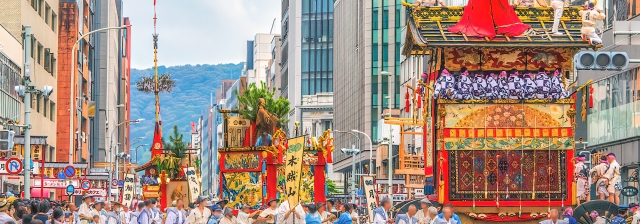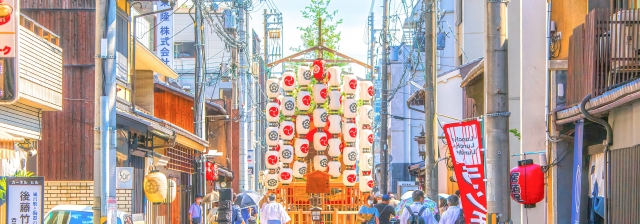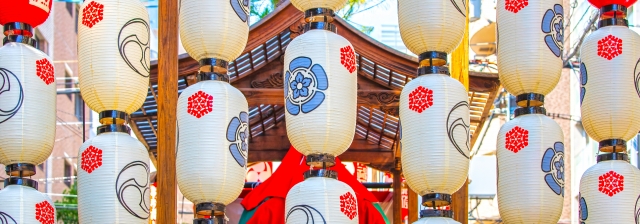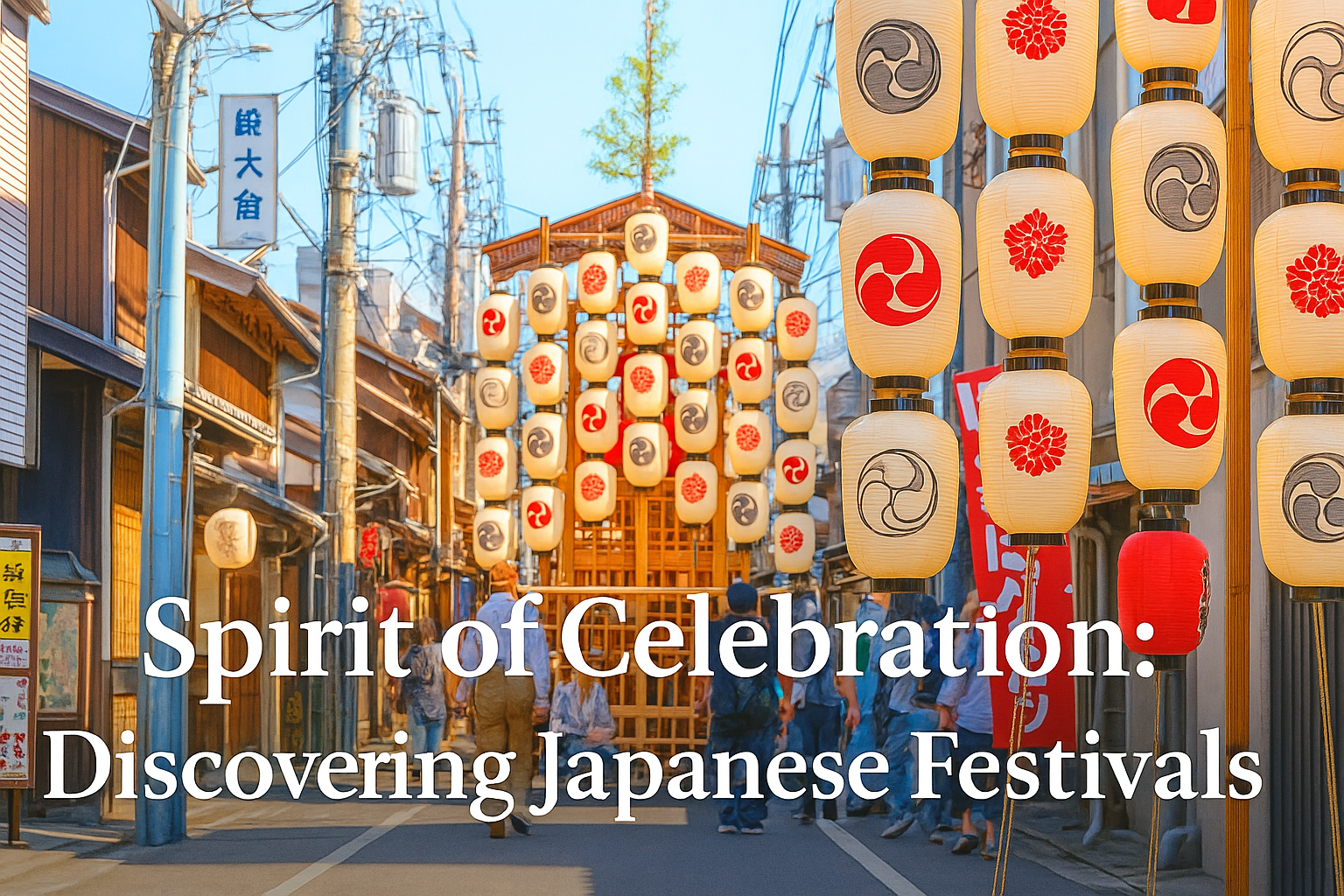Introduction From ancient shrines to bustling city streets, Japanese festivals (matsuri) are vibrant, unforgettable events that blend tradition, community, and joy. Each one tells a story—not just of the past, but of the present spirit of Japan.

What is a Matsuri? A matsuri is more than just a party—it’s a sacred and cultural event often rooted in Shinto rituals or seasonal celebrations. Held throughout the year across Japan, these festivals honor gods, ancestors, the changing seasons, or historical legends.
The Iconic Gion Matsuri One of the most famous festivals in Japan is Kyoto’s Gion Matsuri, held every July. It features elaborate floats (yamaboko) parading through the city, accompanied by traditional music, paper lanterns, and people in yukata. The entire city transforms into a living museum of Japanese heritage.

Lanterns, Drums, and Community What makes matsuri magical is the sensory experience: the sound of taiko drums echoing through the streets, the warm glow of lanterns, the scent of festival foods like yakisoba or takoyaki. Families, friends, and visitors gather to celebrate, dressed in colorful summer attire.
Tradition Meets Modernity Today’s matsuri are evolving. While staying true to their roots, many incorporate modern elements like digital light displays, contemporary music, and even online livestreams for international audiences.
Why It Matters In an increasingly fast-paced world, Japanese festivals are moments of pause, connection, and pride. They remind people of where they came from, and offer a warm welcome to anyone—local or foreign—who wishes to take part.

Conclusion Whether you’re watching a float pass by in Kyoto or enjoying a lantern-lit night in a countryside town, matsuri offer a glimpse into the heart of Japan: joyful, respectful, and full of life.




コメント